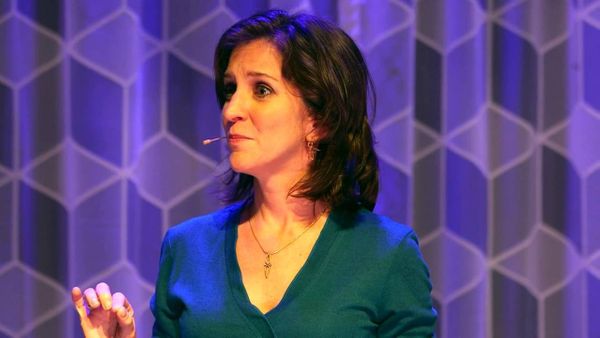Dance/Movement Therapy
Jennifer has over a decade’s worth of clinical experience and has found Dance/Movement Therapy to be healing in the recovery process of trauma, depression, and anxiety. It is an approach to therapy that addresses many issues and symptoms, which is the result of the connection between how psychological issues are held in the physical patterns of the body. Our bodies, as research shows, specifically for trauma, depression, and anxiety, are an instrumental component in breaking through and healing psychological and emotional issues. Traditional Talk Therapy and Dance/Movement Therapy can be beneficial together as our brains and bodies play an important role in how we express how we feel and deal with stress. By bringing attention and awareness to how one moves, it can allow the person to gain insight into how their emotions and thoughts are held in the body and how they can use both body and mind techniques to relief pain and stress.
Benefits of Dance/Movement Therapy for clients include:
Connecting to emotional states that have manifested physically and mentally in the body and opening one’s awareness mentally.
Releasing feelings that have been psychologically pushed down for years and not thought about (repressed in the unconscious).
Addressing body sensations that are triggered by current circumstances.
Process deep rooted feelings, such as shame, embarrassment, and feeling lack of control that is felt in the body.
Address the neurobiology in connection to the brain, which is important in processing trauma, depression, and anxiety.
Addresses attachment issues and allows for greater awareness in how to attune in relationships to oneself and others. Developing effective communication skills and maintain positive relationships.
Providing a bridge between verbal and non-verbal communication.
Movement allows the feelings and sensations that are stuck in the body to voiced and verbalized. The trapped emotions and sensations are now allowed to be rewired and reintegrated into the brain in a healthy and rational way.
Improving clients’ self-esteem, social skills, body image, coping skills, and behavioral patterns.
Gaining insight into clients’ behavior patterns when dealing with issues, problems, and stressful situations.
Therapist uses movement as a form of therapeutic assessment, intervention, and interaction.
Therapist uses movement and creativity in addition to traditional counseling methods for therapeutic assessment, intervention, and interaction.
Resources
Dance/Movement Therapy and Anxiety

Your body language may shape who you are | Amy Cuddy

My body is just in so much pain.
I have no voice and everything I do feels wrong.
I am just trying to keep myself together every day.
I am fighting a deeper battle within myself.
My stomach is always in knots.
Additional Resources
- https://adta.org/2015/07/25/the-difference-between-therapeutic-dance-and-dancemovement-therapy-an-adta-talk/
- https://adta.org/2014/11/08/what-is-dancemovement-therapy/
- https://adta.org/2015/03/16/five-things-dancemovement-therapists-do-daily/learn.healthpro.com/dance-movement-therapy/
- https://www.recovery.org/pro/articles/the-healing-power-of-dance-movement-therapy/
- https://www.theepochtimes.com/when-trauma-gets-trapped-in-the-body_2959875.html
- https://www.psychologytoday.com/us/blog/hope-eating-disorder-recovery/201704/what-is-dance-movement-therapy
- https://www.youtube.com/user/ADTAorg
- https://itachicago.org/dance-movement-therapy/
- https://nspt4kids.com/parenting/therapy-moves-dancemovement-therapy-children/
- https://www.youtube.com/watch?v=dQwXCJCrKAI